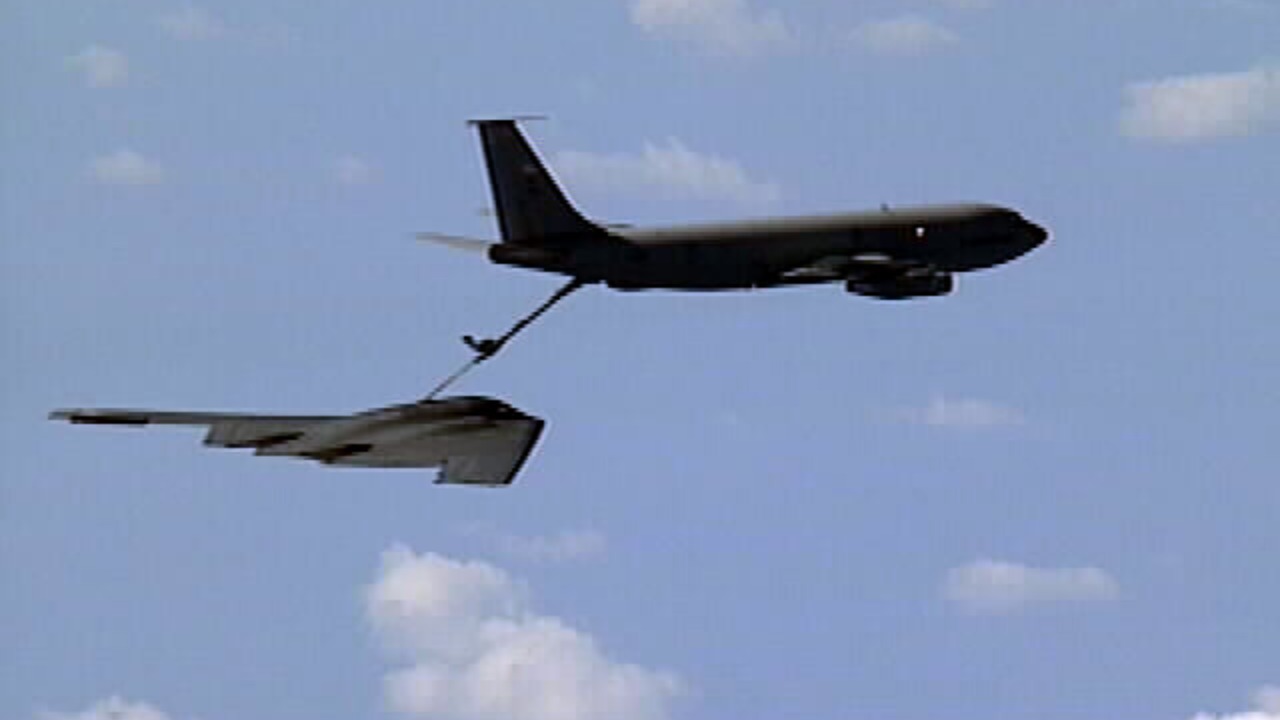
Aerial refueling missions are a critical component of modern military operations, allowing aircraft to extend their range and duration in the air. Despite their importance, these missions remain shrouded in mystery due to their complexity and the precision required. This exploration delves into the intricacies and strategic significance of aerial refueling, unveiling the secrets behind these high-stakes operations.
The History and Evolution of Aerial Refueling
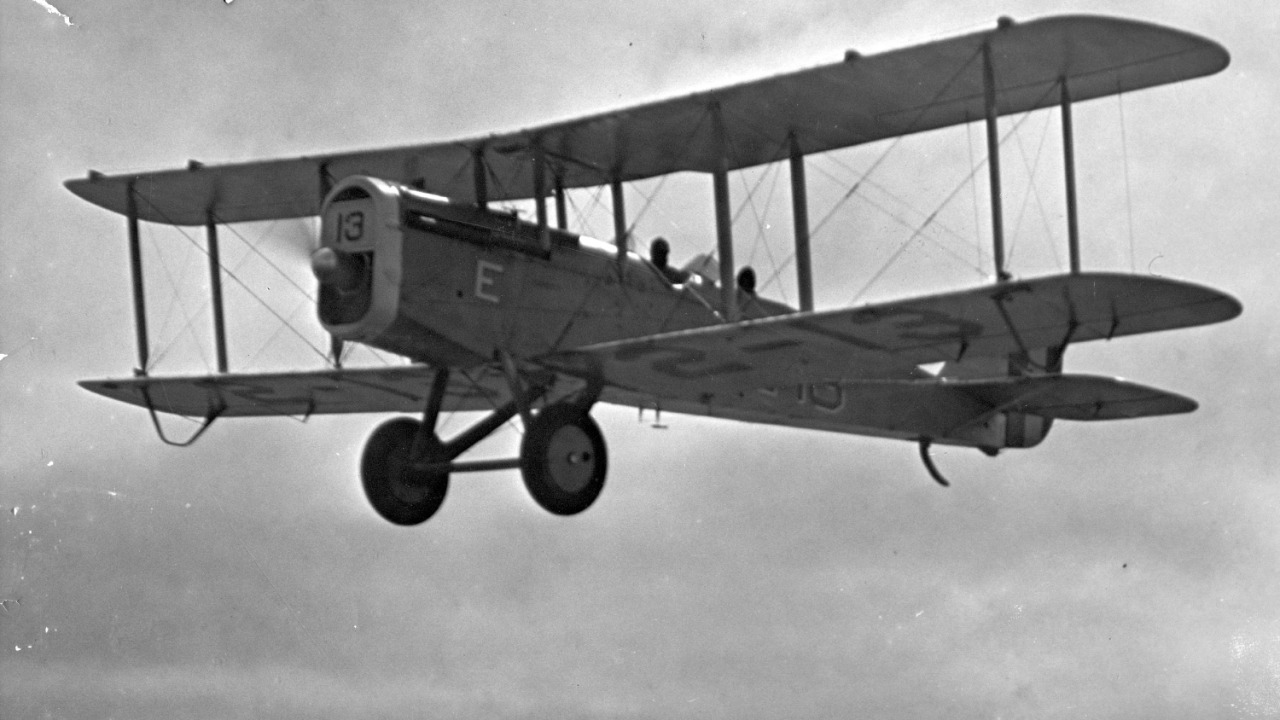
The concept of aerial refueling has its roots in the early 20th century, when aviation pioneers began experimenting with various methods to increase flight endurance. The first successful attempt was in 1923 when two De Haviland DH-4B biplanes managed to transfer fuel via a hose, marking a pivotal innovation in aviation history. Over the decades, these rudimentary techniques have evolved significantly, driven by the need for extended combat missions and strategic airlift capabilities.
Technological advancements in aerial refueling have transformed it into a sophisticated operation that is both reliable and efficient. The introduction of the flying boom and probe-and-drogue systems revolutionized the process, allowing for faster and more secure fuel transfers. The development of specialized tanker aircraft, such as the KC-135 Stratotanker and the KC-46 Pegasus, further enhanced these capabilities, enabling the refueling of multiple aircraft types in various conditions. Such innovations have had a profound impact on military strategy, allowing air forces to project power globally and maintain a persistent presence in contested regions.
The evolution of aerial refueling has significantly influenced military tactics and global power dynamics. By extending the range and endurance of combat and support aircraft, nations can conduct long-range missions without the need for forward-deployed bases. This capability has been a game-changer in modern warfare, providing strategic flexibility and operational reach that were previously unimaginable.
The Mechanics of Aerial Refueling
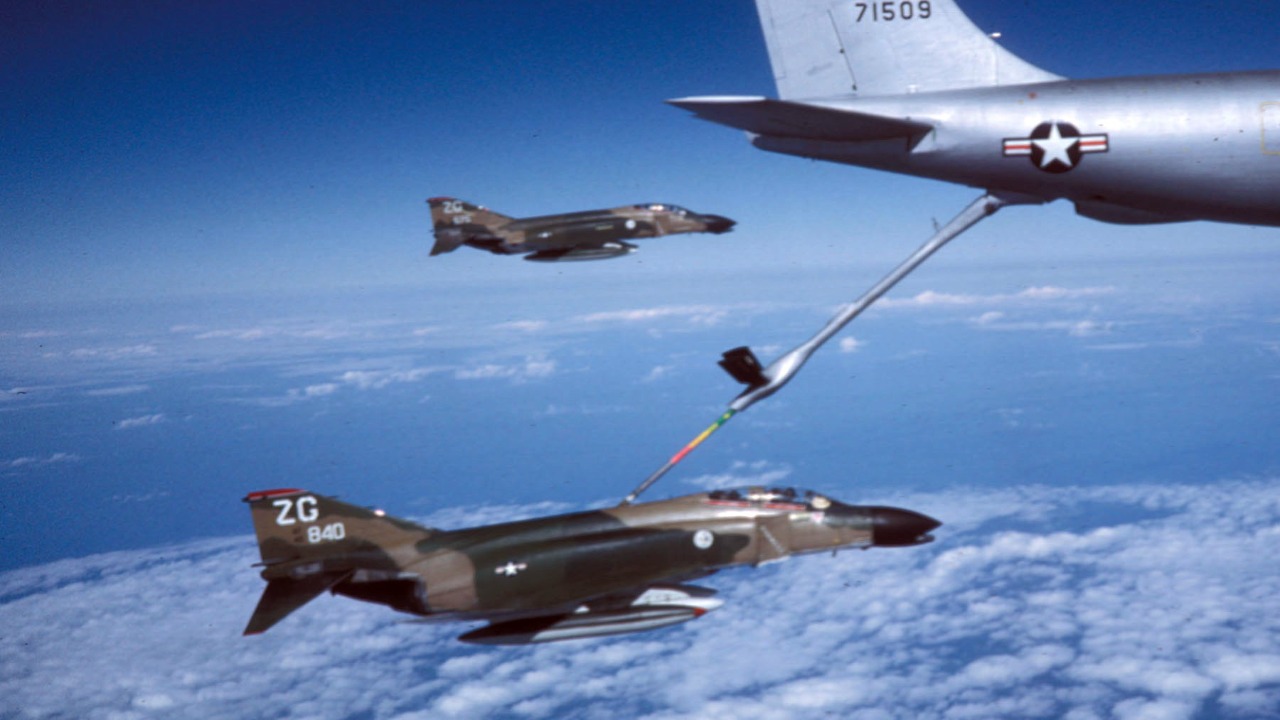
Aerial refueling primarily employs two techniques: the probe-and-drogue and the flying boom systems. The probe-and-drogue method involves a flexible hose stabilized by a drogue, which the receiving aircraft connects to via a probe. This technique is favored by many naval and NATO forces due to its compatibility with a wide range of aircraft. The flying boom system, on the other hand, uses a rigid, telescoping tube operated by a boom operator, allowing for faster fuel transfer and increased control during the process. This method is predominantly used by the United States Air Force.
The aircraft involved in aerial refueling missions are as diverse as the operations they support. Tanker aircraft like the KC-135 and KC-46 are designed specifically for these missions, equipped with advanced systems to ensure safe and efficient fuel transfer. Receiver aircraft, ranging from fighter jets to cargo planes, rely on aerial refueling to extend their operational capabilities. The integration of these aircraft in refueling missions requires precise coordination and adherence to strict protocols to ensure safety and mission success.
Safety protocols are paramount in aerial refueling operations due to the inherent risks of mid-air fuel transfer. Challenges such as adverse weather, turbulence, and the precise alignment required for successful coupling demand meticulous planning and execution. Crews undergo extensive training to handle these challenges, employing advanced technology and simulations to prepare for real-world scenarios.
Strategic Importance in Modern Warfare
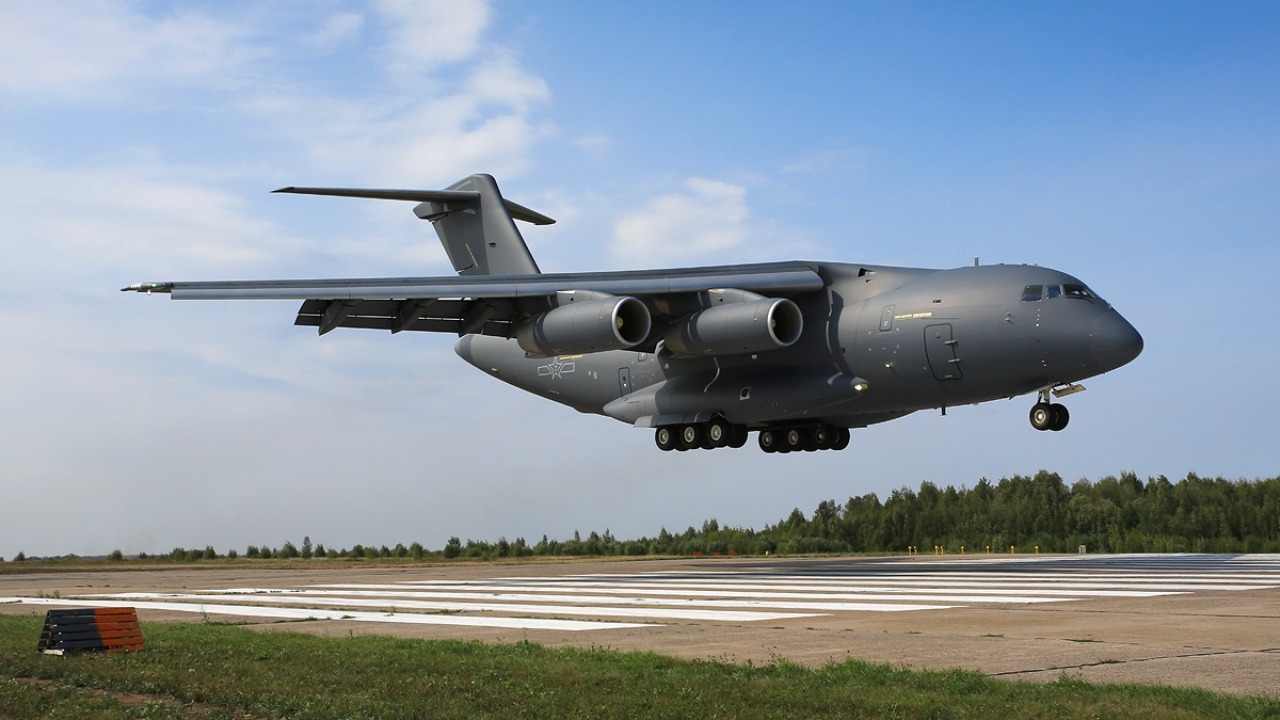
Aerial refueling acts as a force multiplier, significantly enhancing the operational capabilities of air forces. By allowing aircraft to fly longer and farther, it enables rapid deployment and sustained operations across vast distances, crucial in today’s fast-paced military environment. This capability is particularly valuable in regions where geopolitical tensions demand a strong and flexible military presence.
Recent operational examples highlight the strategic use of aerial refueling in modern warfare. For instance, the Chinese Y-20 tanker aircraft recently refueled Egyptian MiG-29s, showcasing the global reach and influence enabled by such missions. These operations underscore the importance of aerial refueling in reinforcing alliances and projecting power on the international stage.
The geopolitical implications of aerial refueling are profound, affecting international relations and the balance of power among nations. By extending the reach of military operations, countries can assert their influence in strategically important regions, shaping the global security landscape. In this context, aerial refueling becomes not just a tactical advantage but a strategic necessity for nations seeking to maintain or enhance their global standing.
Training and Skill Requirements for Crews
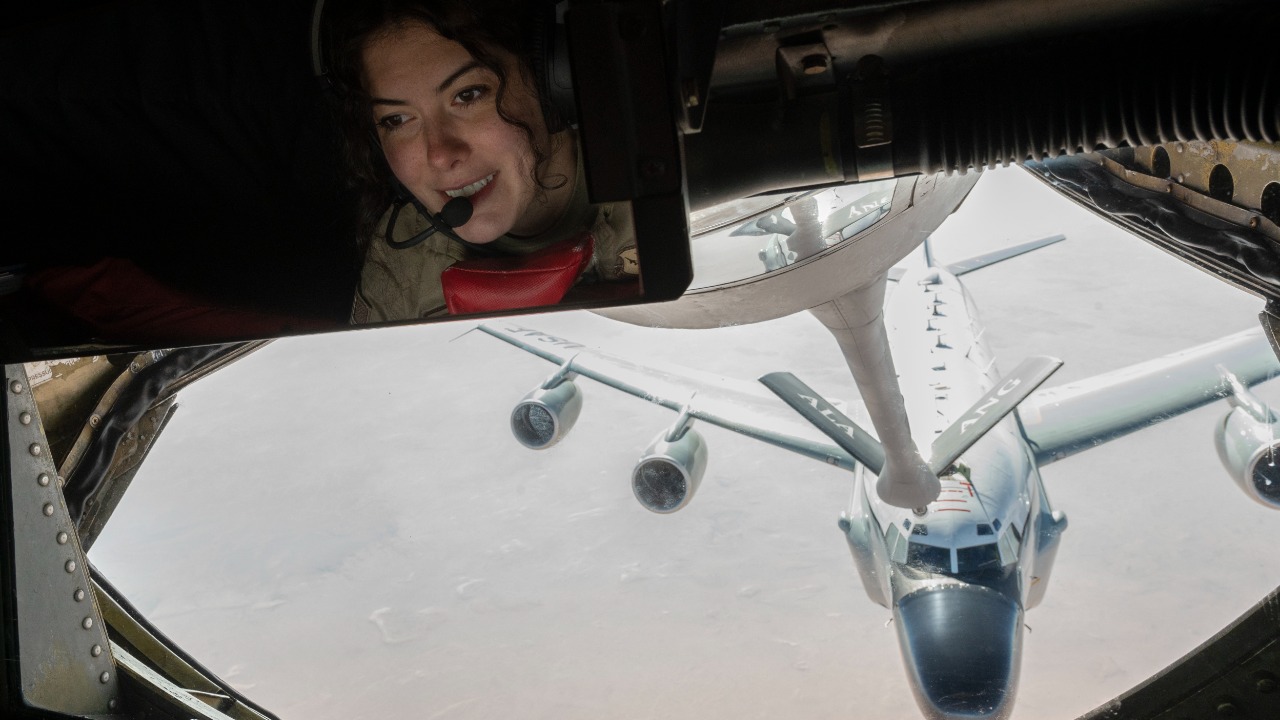
Conducting successful aerial refueling missions requires rigorous training programs for both pilots and boom operators. These programs focus on developing the skills necessary to perform precise maneuvers, maintain situational awareness, and manage the complexities of mid-air fuel transfer. The training is comprehensive, combining classroom instruction with hands-on experience and advanced simulators to prepare crews for real-world operations.
Human factors and teamwork play a crucial role in the success of aerial refueling missions. Effective communication and coordination among crew members are essential to navigate the challenges of these high-stakes operations. The ability to work seamlessly as a team, anticipate potential issues, and respond swiftly to unexpected situations is vital to ensuring mission success and safety.
Technological aids and simulations are integral to training programs, providing realistic scenarios that mimic the conditions crews will face during actual missions. These tools help refine the skills required for aerial refueling, enabling crews to practice and perfect their techniques in a controlled environment. As technology continues to advance, these training aids will become even more sophisticated, further enhancing the readiness and effectiveness of refueling crews.
The Future of Aerial Refueling
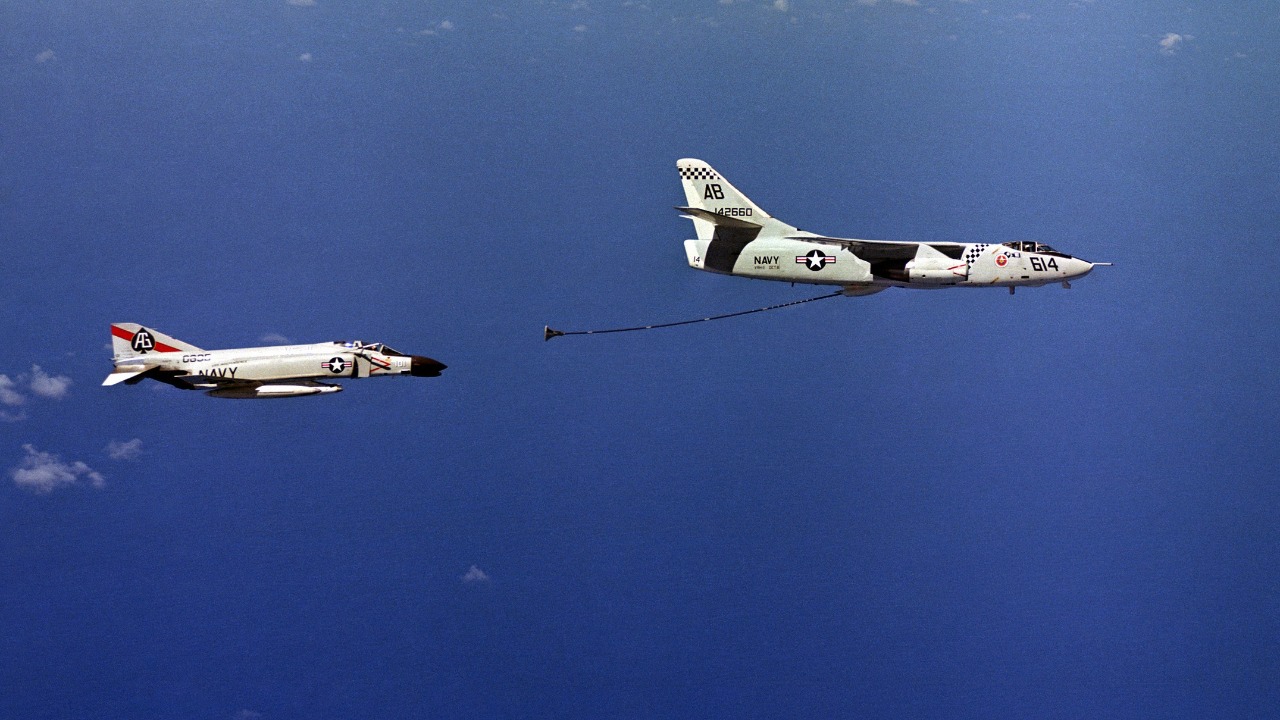
The future of aerial refueling is being shaped by emerging technologies and innovations that promise to enhance efficiency and capability. Developments such as autonomous refueling drones and advanced fuel systems are poised to revolutionize the field, offering new possibilities for unmanned and manned aircraft alike. These advancements could reduce the reliance on traditional tanker aircraft, providing more flexible and adaptable refueling solutions.
Environmental and logistical considerations are increasingly important in the development of aerial refueling capabilities. Efforts to reduce the environmental impact of these operations focus on improving fuel efficiency and exploring alternative energy sources. As climate change and sustainability become more pressing concerns, the military will need to balance operational requirements with environmental responsibilities.
Evolving military doctrines will continue to influence the development and deployment of aerial refueling capabilities. As global threats change and new strategic needs arise, the role of aerial refueling in military operations will likely expand, necessitating ongoing innovation and adaptation. Future conflicts may see an increased reliance on these capabilities, reinforcing their importance as a cornerstone of modern military strategy.